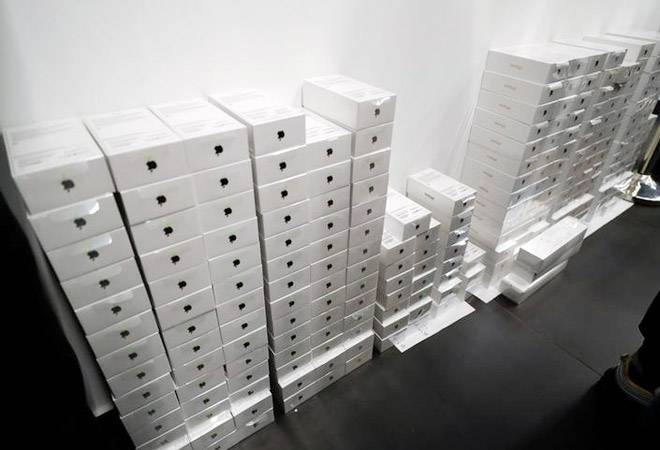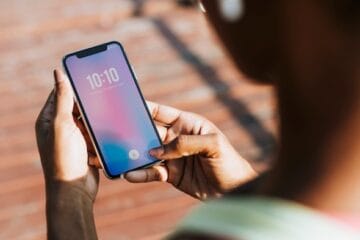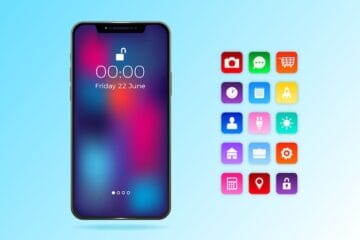
Owing to the success of the new iPhone 11 lineup introduced in September last year, Apple has regained the top spot with 78 million units shipped globally in Q4 2019. However, even with the successful quarter, the Cupertino giant ended up at the third spot by shipping 198.1 million units in 2019 as compared to 212.5 million units in 2018. On the other hand, Korean smartphone player Samsung retained the top spot with 298.1 million units shipped in 2019, with 2 per cent annual growth. Even after the US Entity list saga, Huawei shipped 240.6 million units in 2019, registering a 17 per cent annual growth occupied.
Despite global market growth in Q3 and Q4, the worldwide smartphone market fell by 2 per cent to 1.37 billion units in 2019, as compared to 1.39 billion units in 2018.
Mo Jia, Analyst at Canalys, says, “The fortunes of Huawei and Samsung are the story of the year”. “2018 saw Huawei take huge chunks of Samsung’s market share. And 2019 was meant to be the year Huawei challenged Samsung for the #1 spot. Samsung knew this and was ready for all-out war. It drastically increased its portfolio, and slashed operating margin. But the battle never came, as Huawei’s placement on the US Entity List in May stifled it overseas,” adds Jia.
Ultimately Samsung retained the lead in the 2019 smartphone market with 21.8 per cent share, followed by Huawei with 17.6 per cent, followed by Apple with 14.5 per cent of the global smartphone market in 2019.
“As Huawei prepares to launch its next wave of devices without Google Mobile Services (GMS), its objectives are now very different. It must maintain as much channel support as it can in key markets like Western Europe. It must curate a developer ecosystem to support HMS. And most importantly, it must maintain scale. If it loses scale, it loses developer interest,” added Jia.
Due to the exceptional demand of the new iPhones – iPhone 11, iPhone 11 Pro and iPhone 11 Max, iPhone revenue in the December quarter was $56 billion, up 8 per cent over a year ago. Apple claimed that the iPhone 11 was the top-selling model every week during the December quarter and the three new models turned out to be the three most popular iPhones. India along with many developed and emerging markets contributed to this growth.
Madhumita Chaudhary, Analyst at Canalys, says, “Apple hit a home-run with its pricing strategy on the iPhone 11. The partnership with local bank HDFC made iPhones more affordable, with the entry-level iPhone 11 one of the cheapest ‘new’ iPhones in a while. The new iPhones have appealed not just to current iPhone users looking to upgrade, but also to value-conscious premium phone purchasers that are now presented with a formidable price-alternative to the Samsung or OnePlus flagships”.
Apple registered its best-ever performance in India, owing to a cheaper iPhone 11, and excitement around its dual and triple cameras. The vendor shipped close to 925 thousand iPhones in Q4 2019, growing by over 200 per cent annually. Its previous best performance was in Q3 2017 when it shipped 890 thousand iPhones to India. Apple also finished sixth, behind Oppo, its highest rank in India since Q4 2013. For the full year, Apple shipped 2 million iPhones versus 1.6 million in 2018.
[“source=businesstoday”]




